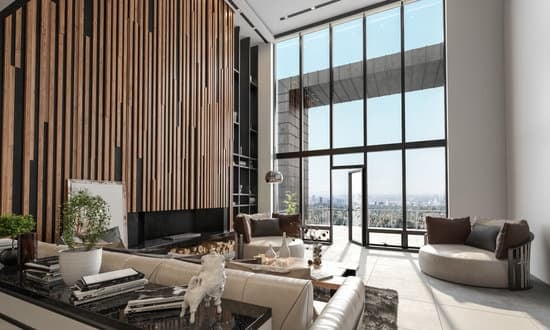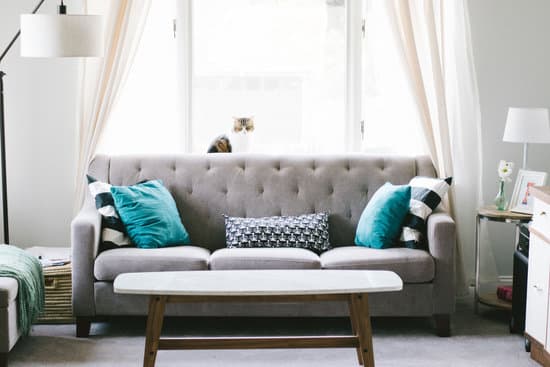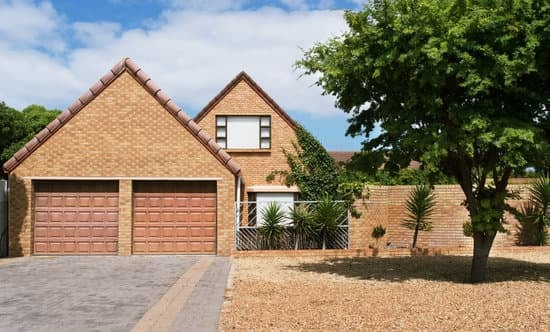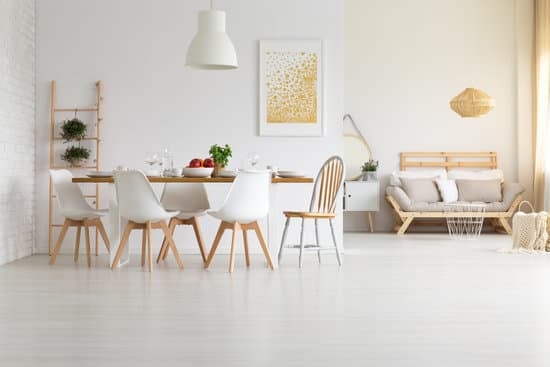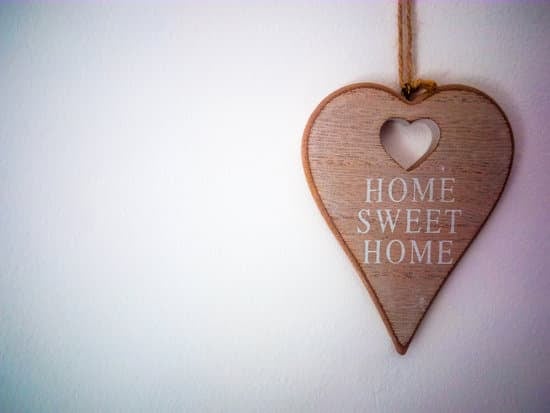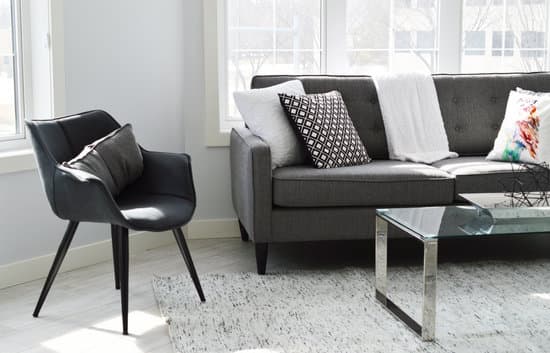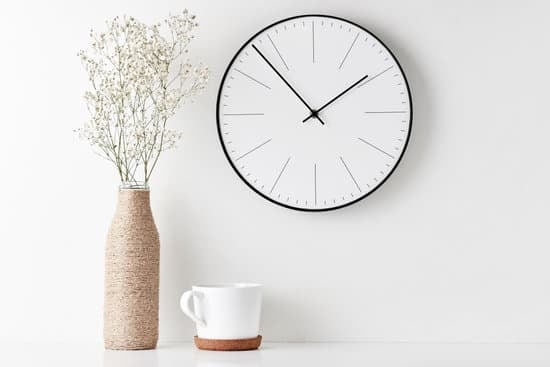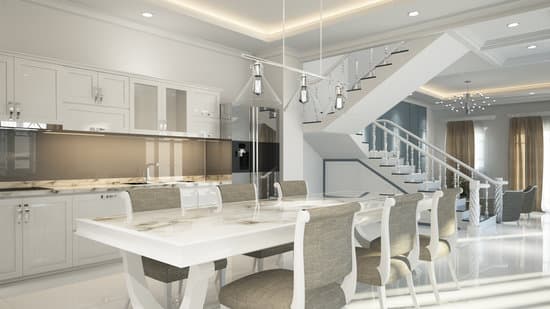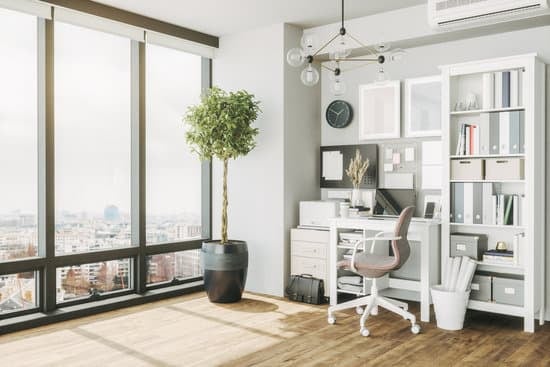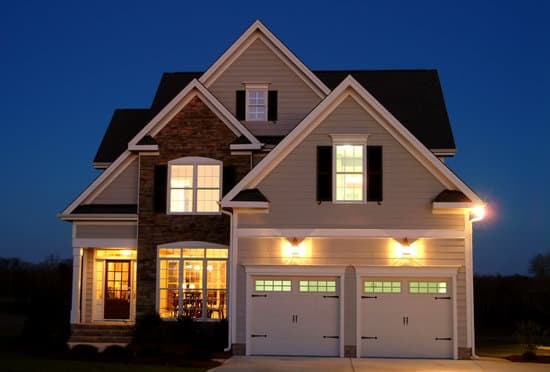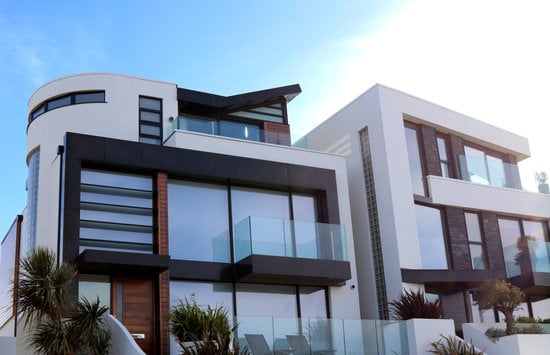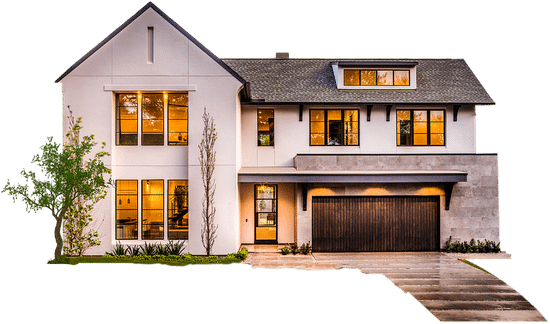When it comes to painting interior walls, the trend of using darker hues has been on the rise. Although there are many benefits to using a darker color scheme in your home, it’s essential to consider the potential drawbacks as well. Let’s take a closer look at the cons of dark walls:
Visually Shrinks Room Size: While darker colors can add depth and drama to your space, they also have the potential to make your room feel smaller. Darker hues absorb more light than lighter shades, which can make your room appear cramped and gloomy.
Makes Room Feel Like a Cave: In addition to visually shrinking your space, dark walls can also create a cave-like atmosphere. Dark colors tend to absorb light rather than reflecting it, so if your space doesn’t have ample natural light sources, it may feel like you’re living in a dimly lit cave.
Furniture and Accessories Can Clash: When working with a darker color palette, it’s important to consider how your furniture and accessories will look against the new wall color. Bold, bright colors can clash with the dark walls, while muted, toned-down hues may blend in too much and make your space feel drab.
Can Get Hot When Exposed to Sunlight: Additionally, when dark walls are exposed to sunlight, they can become quite hot. This can lead to rapid fading of paint or wallpaper, which can be a big hassle to deal with and require frequent repaints or wallpaper replacements.
Overall, while dark interior walls may look stunning, it’s essential to consider the potential drawbacks and ensure it fits with your home’s specific style and lighting situation.
